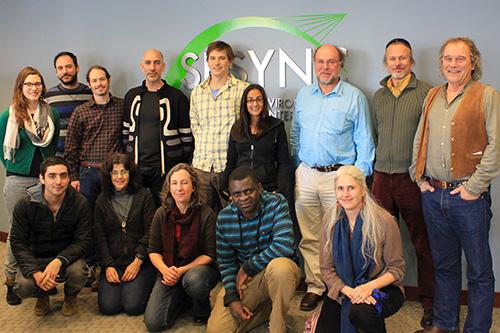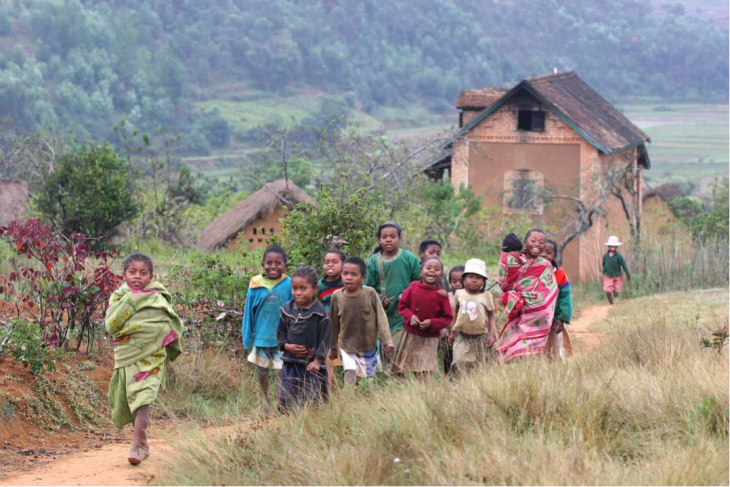We live in an era of staggering technological advancements accompanied by unprecedented economic prosperity. At the same time, however, about one in six people throughout the world live in extreme poverty, often defined as the equivalent of $1.25 (USD) or less of income per person per day. Many of the extremely poor die from infectious diseases, which were responsible for the needless deaths of more than 8.7 million people worldwide in 2008 alone.
Needless, because almost all of these diseases are treatable and/or preventable. It’s a fact not lost on economist and ecologist Dr. Matthew Bonds, who has spent extensive time in Rwanda and Madagascar investigating the ecology of poverty and disease.
Bonds, Research Associate at Harvard Medical School and Executive Director of the non-profit PIVOT, combines theoretical frameworks and field-based data collection with practical efforts to improve healthcare delivery. His research interests are in the relationships among ecology, infectious diseases, and economic development, with an applied focus on the role of healthcare in promoting economic growth in areas of extreme poverty. His work is driven by a collection of not-so-simple questions such as: Where do infectious diseases come from, and how are they transmitted? How are subsistence agriculture livelihoods connected to the immediate biological environment? What are the barriers to economic development?
Got all that? Good. Now, how do you apply that knowledge to inform healthcare delivery?
Bonds is co-Principal Investigator (PI) on a SESYNC project that is attempting to tackle some of these complex questions through the lens of land use change. Land conversion and agriculture have immediate, direct economic benefits to people, the PIs say, but by altering the ecological conditions for pathogens, there may also be negative, indirect effects on human health.

Bonds’ role in the project is to develop a broad framework for building mathematical models that include the dynamics of land use change, infectious diseases, and economics. The models will help the group understand how these components interact and the ways in which they may create “poverty traps”—i.e., self-reinforcing mechanisms that cause poverty to persist.
But Bonds acknowledges that theoretical work is a first, not final, step. “People like me,” he says, “get highly processed through a US-based higher education system. We take lots of courses and read lots of papers, we place problems on the table in a way that sounds really coherent, and we come up with theories. But do those theories actually play out? We can write it down, but is it true?
“In biology, you would never try to become an expert in tropical rainforests without spending a lot of time in tropical rainforests. Yet the reality is, most economists spend a lot of time thinking and writing about poverty and economic development without spending any real time in those areas. The biggest challenge of this work is getting out into the field, spending an enormous amount of time in environments of extreme poverty, and developing a research agenda within the context that those people are living.”
Bonds and the other PIs are connecting the theoretical components of their SESYNC project to actual on-the-ground work—specifically, they’re using the models Bonds is helping build to inform current data collection, as well as to draft proposals for future large-scale and long-term data collection in Madagascar and other areas. The group hopes to use this data to gain a genuine understanding of the role of land use change on infectious diseases, and the role of both land use change and infectious diseases simultaneously on cycles of poverty.
This research provides very real and very direct support to organizations such as PIVOT, whose mission is to combine comprehensive and accessible healthcare services with scientific research on poverty and disease so as to strengthen those healthcare services for the people who need them.
“The challenge we’re trying to tackle very directly is to put the health system and people working within the health system—people who run hospitals and health centers in areas of poverty—consistently in the same room with natural scientists and biologists,” says Bonds. “As researchers, our charge is to be part of the solution by producing information and knowledge in a way that doesn’t do injustice to that fact that people are having immediate, real-world crises.”
